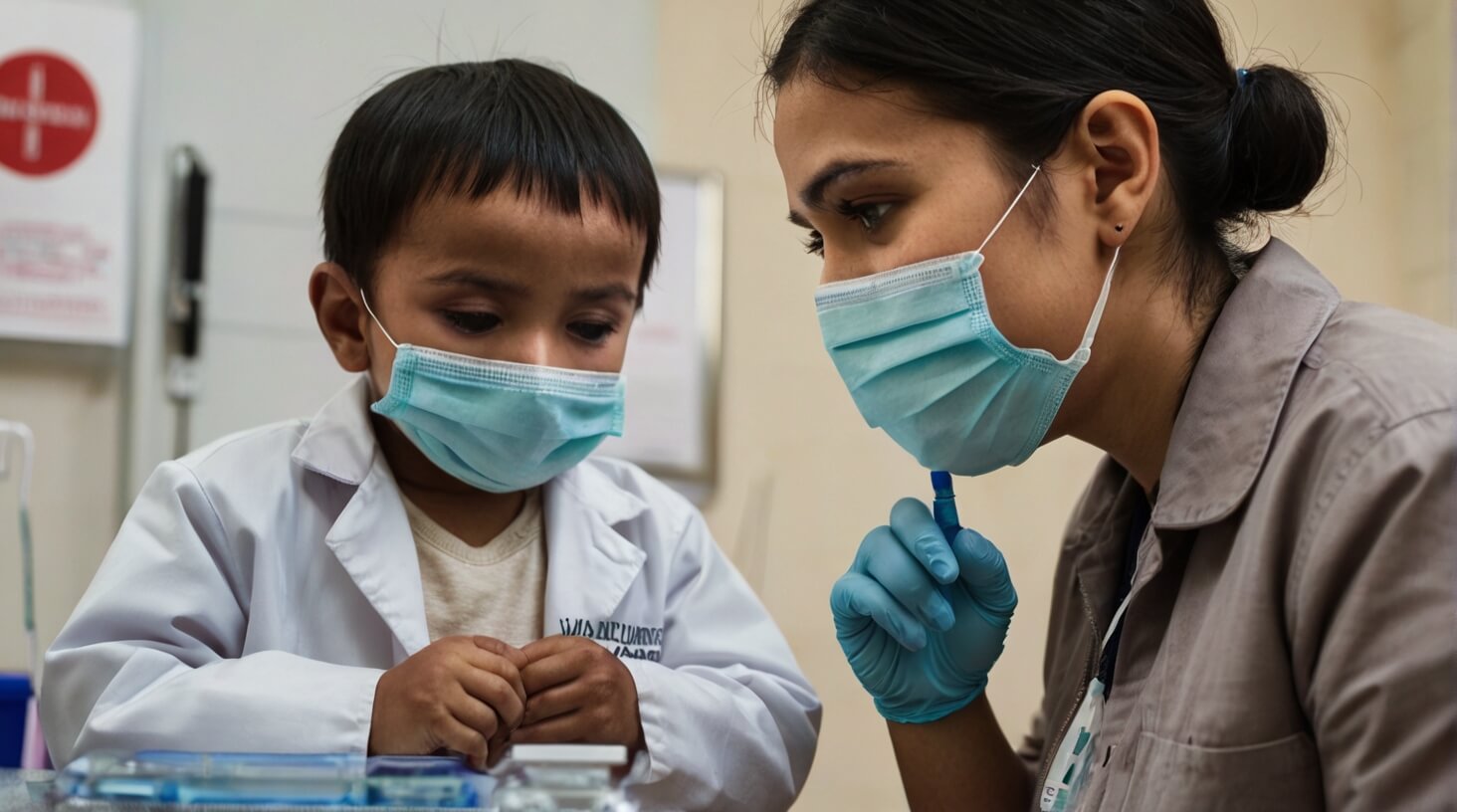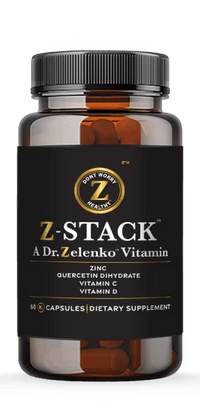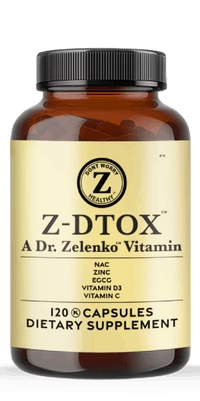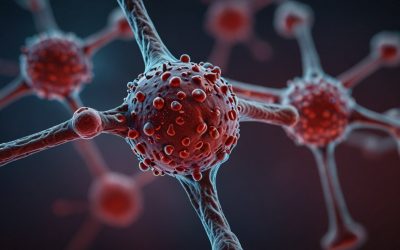As you sail through the sea of information on health and wellbeing, antiviral prevention methods are the lighthouse guiding you away from the rocky shores of viral illnesses. You’re no stranger to the common advice: wash your hands, get your vaccinations, and avoid certain risks during flu season. But the intricacies of these methods are like a mosaic—each piece, whether it’s the latest advancements in vaccine technology or the proper use of antiviral medications, plays a crucial role in the bigger picture of public health. You understand that staying informed is your first line of defense, yet there’s a wealth of knowledge beyond the basics that can empower you to reinforce this shield. Let’s uncover the less visible yet effective strategies that ensure you stay one step ahead of viral threats.
Key Takeaways
- Antiviral medications can impede viral replication and alleviate symptoms of viral infections.
- Monitoring for antiviral resistance is crucial to ensure the effectiveness of antiviral therapy.
- Proper hygiene practices, such as handwashing and disinfection of high-touch areas, significantly reduce the transmission of viruses.
- Promoting and modeling proper hygiene behaviors in shared environments can help prevent the spread of viral illnesses.
Understanding Vaccination

To grasp how vaccines fortify your immune defenses, it’s crucial to understand that they trigger a specific immune response tailored to combat viral infections. Vaccines are antiviral agents designed to prevent infectious diseases by stimulating your immune system to produce protective immune responses without causing the disease itself. This process is central to public health efforts in the Control of Viral Infections.
The vaccination mechanism involves mimicking a viral infection, prompting your immune system to respond as it would during an actual encounter with a pathogen. This response includes the production of antibodies, which are proteins that recognize and neutralize viruses. Furthermore, vaccines stimulate T lymphocytes, a type of white blood cell that plays a key role in cell-mediated immunity, essential for eliminating virus-infected cells.
Different vaccine types, such as attenuated live viruses, killed viruses, and recombinant-produced antigens, offer variations in the immunity duration and degree. The effectiveness of a vaccine is analytically assessed by the percentage of recipients protected and the duration and degree of this protection. Notably, recombinant DNA-derived subunit vaccines, like the hepatitis B vaccine, are a testament to modern advancements in vaccine development, offering a high safety profile and effectiveness.
As someone dedicated to serving others, understanding these immune responses and the principles behind vaccination allows you to advocate for and contribute to widespread immunization efforts. Your knowledge directly supports the fight against viral infections, safeguarding individual health and enhancing community resilience against outbreaks of infectious disease.
Importance of Hygiene
Hand hygiene acts as a cornerstone of infection prevention, with regular handwashing and sanitization significantly reducing the transmission of viruses. Scientific evidence strongly supports the efficacy of diligent hand hygiene in disrupting the spread of pathogens that cause symptoms of viral illnesses. When you cleanse your hands with soap and water or use alcohol-based hand sanitizers, you’re actively eliminating germs that can be acquired from contaminated surfaces or objects and then inadvertently introduced into the respiratory tract or digestive system.
For those aiming to serve others, it’s imperative to understand that maintaining cleanliness in shared environments is a key strategy to prevent the spread of infections. Regular disinfection of high-touch areas in communal spaces, such as doorknobs, light switches, and electronic devices, is an analytical approach to reduce the risk of virus transmission. This practice, combined with the avoidance of face-touching, particularly around the eyes, nose, and mouth, helps keep viral agents at bay.
Respiratory hygiene, including the proper etiquette of covering one’s mouth and nose during a cough or sneeze, is another critical element. It serves to contain respiratory droplets that viruses use as a vehicle for spread. Those in caregiving roles should model and promote these behaviors to safeguard the health of others.
Antiviral Medication Use

While maintaining strict hygiene practices curtails the spread of viruses, antiviral medications play a crucial role in managing infections by impeding viral replication within the body. These antiviral medicines are engineered to block viral receptors or bolster the immune system, effectively reducing the viral load. For conditions like the flu, hepatitis B and C, and HIV, antiviral therapy provides a means to alleviate symptoms and curtail the infection’s progression.
Healthcare providers may prescribe these medications for chronic viral infections or life-threatening cases, rather than for more benign viral illnesses that tend to resolve spontaneously. It’s crucial to understand that while antiviral medications can ease symptoms and shorten illness duration, they do not cure chronic infections. Instead, they manage the condition, keeping the viral load at bay to prevent severe health deterioration.
Antiviral drugs come in various forms, including oral tablets, eyedrops, inhaled powders, injections, or topical ointments. The treatment regimen depends on the specific drug and infection, with some requiring a short course and others necessitating lifelong management, particularly for chronic conditions.
An essential component of antiviral therapy is the careful monitoring for antiviral resistance. Pathogens like viruses can mutate over time, reducing the efficacy of antiviral medications. This is where protease inhibitors and other classes of antivirals come into play, helping to combat resistant strains and sustain therapeutic effectiveness.
Strengthening Immune Response
By incorporating a nutrient-dense diet and engaging in regular exercise, you can significantly bolster your immune system’s capacity to fend off viral infections. Consuming fruits, vegetables, whole grains, and lean proteins provides essential nutrients that are critical for a strong immune response. Regular physical activity, such as brisk walking or swimming, not only improves cardiovascular health but also enhances the immune system’s efficacy in combating infectious agents, including viruses that can infect the respiratory system and other body parts.
Adequate sleep is non-negotiable in maintaining immune health. Studies have shown that 7-9 hours of sleep per night can optimize the type of immune cells needed to identify and destroy viral pathogens. Additionally, effectively managing stress through mindfulness techniques like meditation can prevent the suppression of the immune response, which is crucial for warding off viral diseases.
To support others in strengthening their immune response, consider these key lifestyle modifications:
- Prioritize Sleep: Ensure 7-9 hours of restorative sleep each night.
- Manage Stress: Adopt meditation or yoga to maintain immune balance.
- Avoid Toxins: Shun smoking and excessive alcohol to protect immune integrity.
- Stay Active: Engage in regular exercise to invigorate your immune defenses.
In the context of serving those affected by viral illnesses, Convalescent Plasma Treatment, which contains antibodies against a specific virus, exemplifies a direct application of an enhanced immune response. Supporting patients with methods that harness the body’s own defense mechanisms helps support our mission of providing compassionate and effective care. Strengthening immune response not only serves individual health but also contributes to the resilience of communities against the spread of infectious diseases.
Avoiding Virus Exposure

To effectively reduce the risk of viral exposure, it’s essential to practice stringent hand hygiene, including the frequent washing of hands with soap and water or the use of hand sanitizer. This simple yet critical action can mitigate the transmission of pathogens through contact with contaminated surfaces. In the fight against respiratory viruses, wearing a mask in crowded or enclosed spaces serves as a barrier, obstructing viral particles and reducing the likelihood of inhalation.
Maintaining physical distance from individuals who exhibit symptoms or have been exposed to viruses is a pragmatic approach to minimizing close contact with potential carriers. This strategy is particularly pertinent in interrupting the chain of transmission for airborne and droplet-spread viruses. Moreover, the cleaning and disinfection of high-touch surfaces are paramount in eradicating viral contaminants that can persist on objects, further curtailing the risk of indirect transmission.
In scenarios of sexual contact, the principle of safe sex is essential to prevent the transmission of HIV and other sexually transmitted infections. The use of condoms and other barrier methods, coupled with postexposure prophylaxis when necessary, provides a robust defense against the exchange of body fluid that could harbor infectious agents.
Furthermore, using insect repellent and protective clothing can prevent bites from an arthropod vector, which is critical in areas where viruses like dengue or Zika are endemic. This underscores the need for a multifaceted approach to antiviral prevention, integrating personal behavior modifications with broader public health measures to effectively shield oneself and serve the community by reducing the spread of viral illnesses.
Safe Food and Water Practices
Ensuring that fruits and vegetables are thoroughly washed with clean water before consumption is a critical step in removing potential viral contaminants. Viruses, including the Hepatitis A virus, can persist on surfaces and cause disease if ingested. As someone dedicated to serving others, it’s vital to understand and implement safe food and water practices to prevent the transmission of these pathogens.
Your commitment to antiviral prevention through safe food handling can significantly reduce the risk of viral illnesses. It’s essential to recognize that viruses are adept at hijacking a host cell to replicate. RNA viruses, in particular, can rapidly mutate, making them challenging to control. However, thorough washing of produce can dislodge viruses from their surface, significantly lowering the risk of infection.
When preparing meals, especially for those who may be vulnerable, consider these evidence-based practices:
- Cook food at the proper temperature to ensure any present viruses are inactivated.
- Use safe water sources for drinking and cooking to minimize the risk of waterborne viral infections.
- Refrigerate perishable food promptly to prevent viruses from multiplying.
- Practice good personal hygiene, such as regular handwashing, to reduce the potential for virus transfer.
Innovation in Antiviral Research
Antiviral research’s continuous evolution has led to groundbreaking vaccines and therapeutic agents that target viruses with unprecedented specificity and efficacy. As you strive to serve others, it’s crucial to understand that viruses are obligate intracellular parasites, meaning they must invade host cells to replicate. This insight has paved the way for antivirals that can interrupt various stages of a virus’s life cycle.
For instance, with HIV, a virus type that integrates its nucleic acid into the host genome, highly effective antiretroviral therapies have been developed. These therapies are used to treat infected individuals, significantly prolonging their lives and improving their quality of life. Similarly, antiviral drugs against the influenza virus are tailored to inhibit the virus’s entry into cells or prevent it from releasing its progeny.
Vaccine innovation has led to a range of prophylactic options, from attenuated live viral vaccines to polynucleotide vaccines, which are designed to elicit a robust immune response. The effectiveness of these vaccines is meticulously evaluated in clinical trials, focusing on the percentage of recipients protected, the duration of protection, and the degree of protection conferred.
Passive prophylaxis, involving human immunoglobulins, is a critical strategy for those who can’t be vaccinated or have been exposed to viruses that can cause severe illness. Furthermore, antiviral research extends beyond pharmaceuticals to include broader control measures such as sanitation and vector control, which are vital in reducing the transmission of viral diseases.
In your quest to serve, appreciate that antiviral research is a dynamic field, where ongoing innovation is essential to confront emerging viral threats and ensure the health and well-being of communities worldwide.
Community-Based Prevention Strategies
While innovation in antiviral research offers targeted treatments and vaccines, it’s equally important to focus on community-based strategies that curb the spread of viruses. As someone who’s committed to serving others, you recognize the urgency in addressing life-threatening viral infections. Community-based strategies are crucial in this fight, and here’s why:
- Vaccination campaigns protect against diseases like inactivated influenza and human immunodeficiency virus (HIV).
- Proper hygiene practices can significantly reduce the transmission of viruses, from the common cold to more severe respiratory syncytial virus (RSV).
- Awareness and education initiatives empower individuals to prevent the spread of hepatitis C and other antiviral-resistant infections.
- Collaboration with healthcare providers ensures communities receive up-to-date information and resources from the National Institutes of Health and the Centers for Disease Control and Prevention (CDC).
These strategies are not just theoretical; they have a tangible impact on your community’s well-being. By organizing vaccination clinics, you make immunizations against life-threatening viral infections more accessible to everyone, regardless of socioeconomic status. Educating your neighbors on hygiene and respiratory etiquette is a technical yet straightforward approach to prevent the spread of common viral illnesses. Moreover, by hosting forums on vector control and sanitation, you’re directly contributing to a healthier environment.
Leveraging the support of local healthcare providers, you can spread evidence-based knowledge and analytical insights into antiviral prevention. The CDC and National Institutes provide resources and guidelines that are instrumental in these educational endeavors. Together, these community-based prevention strategies form a robust defense against the perpetual threat of viral diseases.











